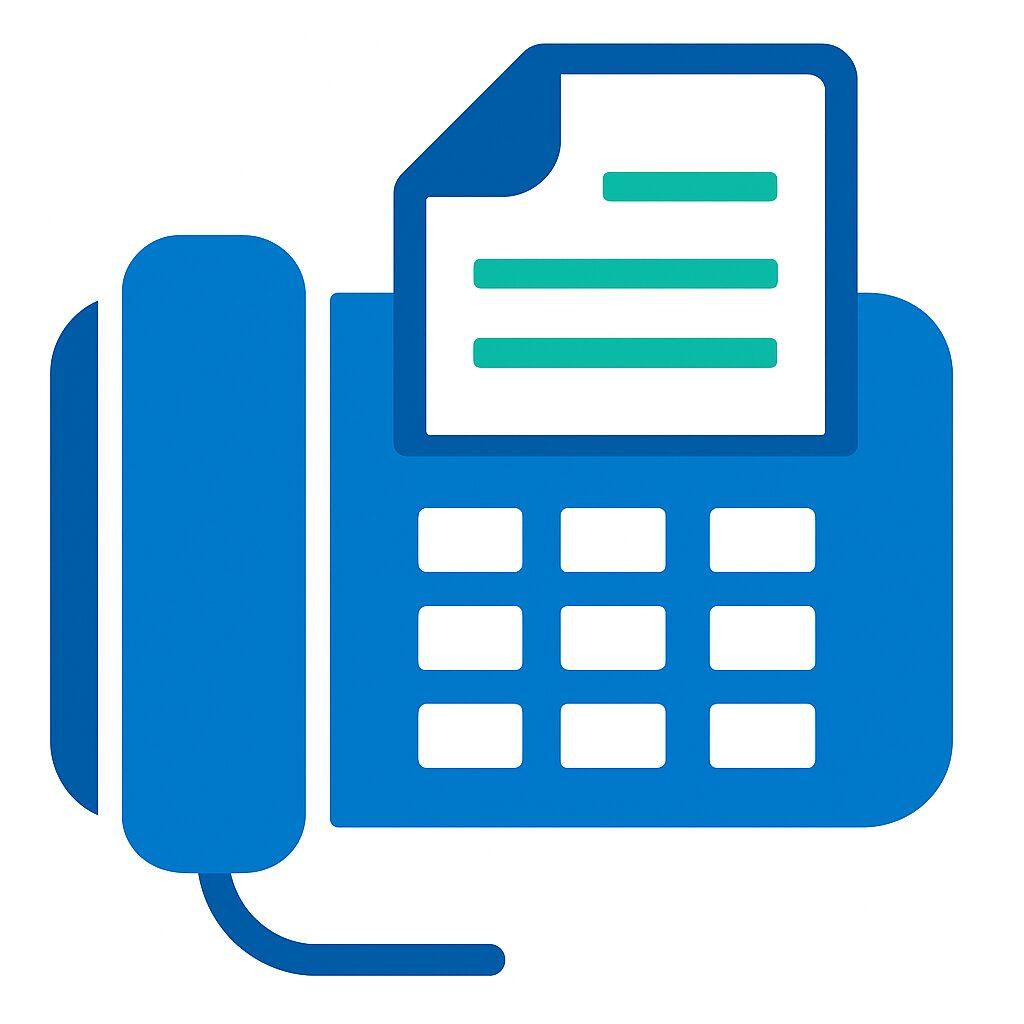In an era where the healthcare industry is rapidly embracing digital transformation, Electronic Medical Records (EMRs) have become an indispensable tool for healthcare providers. EMRs promise efficient data management, improved patient care, and streamlined operations. However, with great power comes with great responsibility, and in this case, it’s the responsibility to ensure the security of sensitive patient information.
The digital age has brought significant advances to healthcare, but it has also raised concerns about the security and privacy of patient data. This blog explores the critical importance of EMR security and provides insights into how healthcare organizations can safeguard patient information to protect the privacy and integrity of sensitive medical data.
The Rise of Electronic Medical Records
The transition from paper-based medical records to EMRs has been transformative for the healthcare industry. EMRs have simplified the storage, retrieval, and sharing of patient data. Healthcare professionals can now access a patient’s entire medical history at the touch of a button, leading to better-informed decisions and more efficient care delivery.
The adoption of EMRs has also paved the way for telemedicine, which has proven to be a game-changer, especially during the COVID-19 pandemic. Patients can now receive medical consultations from the comfort of their homes, and doctors can access patient records remotely, improving overall healthcare accessibility.
The Dark Side: EMR Security Concerns
While the advantages of EMRs are clear, they bring along a set of security concerns. Patient data is among the most sensitive and valuable information on the internet, making healthcare organizations prime targets for cyberattacks. Here are some key EMR security concerns:
1. Data Breaches
Data breaches in the healthcare sector can have far-reaching consequences. Personal health
information, including medical history, insurance details, and Social Security numbers, can be exploited for various malicious purposes, such as identity theft and insurance fraud. It’s essential to secure patient data to prevent unauthorized access.
2. Insider Threats
Sometimes, the biggest threats come from within. Insiders with access to EMRs can misuse patient data. This can be due to negligence or, in some cases, malicious intent. Effective security measures are needed to prevent such incidents.
3. Ransomware Attacks
Ransomware attacks on healthcare organizations have been on the rise. Cybercriminals encrypt patient data and demand a ransom for its release. Paying the ransom is not recommended, as it doesn’t guarantee data recovery and encourages further attacks. Robust security is the best defense against ransomware.
4. Legal and Ethical Implications
Data breaches can lead to legal and ethical problems for healthcare providers. Laws like the Health Insurance Portability and Accountability Act (HIPAA) in the United States impose strict regulations on patient data protection. Failing to comply with these regulations can result in severe penalties.
EMR Security Best Practices
The need for robust EMR security is clear. Here are some best practices that healthcare organizations should implement to safeguard patient information in the digital age:
1. Access Control
Implement stringent access control measures. Only authorized personnel should have access to EMRs, and their access rights should be tailored to their roles and responsibilities.
2. Encryption
Encrypt patient data both at rest and in transit. Encryption ensures that even if data is stolen, it remains unreadable without the decryption key.
3. Regular Security Audits
Conduct regular security audits and vulnerability assessments to identify and address weaknesses in your EMR system.
4. Employee Training
Train employees to recognize security threats and follow security protocols. Insider threats can be minimized through education and awareness.
5. Multi-Factor Authentication
Implement multi-factor authentication to add an extra layer of security. This ensures that even if login credentials are compromised, an additional verification step is required.
6. Data Backup and Recovery
Regularly back up patient data and have a robust data recovery plan in place to counteract the effects of ransomware attacks.
7. Security Policies and Procedures
Establish clear security policies and procedures and ensure that all staff members are aware of and follow them.
8. Keep Software Up to Date
Regularly update EMR software and associated systems to patch known vulnerabilities.
The Role of Healthcare Providers
Healthcare providers play a pivotal role in ensuring the security of patient data. Here’s what they can do to safeguard EMRs:
1. Prioritize EMR Security
Recognize that EMR security is not an afterthought but a critical aspect of patient care. Allocate sufficient resources and attention to it.
2. Compliance with Regulations
Understand and comply with healthcare data protection regulations specific to your region, such as HIPAA in the United States or GDPR in the European Union.
3. Collaborate with IT Experts
Work with IT experts and security professionals to design and implement a robust EMR security strategy.
4. Incident Response
Have a well-defined incident response plan in place to address security breaches promptly and effectively.
5. Regular Training
Ensure that your staff is regularly trained in security best practices and aware of emerging threats.
The Future of EMR Security
As technology evolves, so do the challenges of securing patient information in the digital age. The future of EMR security holds both promise and uncertainty.
1. Artificial Intelligence and Machine Learning
AI and machine learning are increasingly being used to enhance healthcare outcomes. They can also be employed to identify and respond to security threats in real-time, making EMR systems more resilient.
2. Blockchain Technology
Blockchain technology has the potential to revolutionize EMR security. It offers immutable and transparent record-keeping, making it difficult for bad actors to tamper with patient data.
3. Biometric Authentication
Biometric authentication, such as fingerprint or facial recognition, is becoming more prevalent in healthcare settings, providing an additional layer of security.
4. Evolving Threats
While technology advancements are promising, cyber threats will continue to evolve. Healthcare organizations must remain vigilant and adaptable to stay one step ahead of attackers.
Conclusion
The digital age has brought unprecedented benefits to the healthcare sector through the adoption of Electronic Medical Records. However, these advancements also raise concerns about the security of patient data. EMR security is not an option but a necessity.
Protecting patient information is not only a legal requirement but also an ethical obligation for healthcare providers. By implementing robust security measures, prioritizing training and awareness, and staying abreast of evolving threats and technologies, the healthcare industry can ensure that the digital transformation of patient records leads to better care without compromising the privacy and security of sensitive medical data.
In this dynamic landscape, EMR security is an ongoing journey that requires constant vigilance, adaptation, and collaboration among healthcare professionals, IT experts, and security specialists. Only by working together can we harness the potential of EMRs while safeguarding the most precious asset of all – the health and well-being of our patients.










